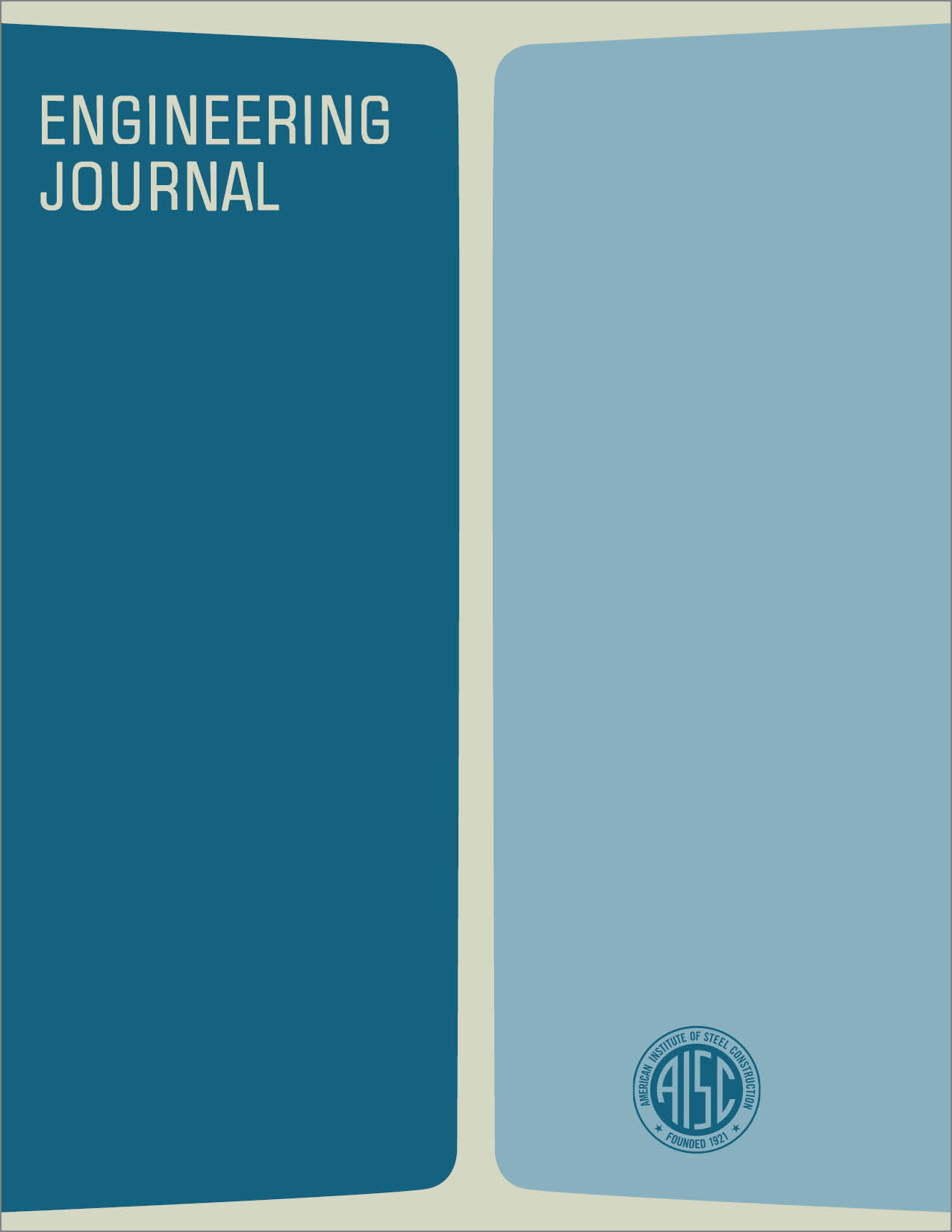The Case for the Semi-Box Girder
DOI:
https://doi.org/10.62913/engj.v9i1.177Abstract
The semi-box girder is that breed having a partly open and a partly closed cross section. As such, it is not as torsionally stiff as a rectangular box girder, but substantially stiffer in this regard than an open section. Its main attribute is its ability to resist failure by lateral torsional buckling and, as such, is useful in bridge work to facilitate erection, or in other instances when the girder is used in an isolated condition, such as in a monorail or crane girder. This type of girder certainly did not originate with the author; it has been reported upon at least twice previously. Homer M. Hadley reported on the "Delta Girder" at the same time that Edward Luss reported on the "Double Y Girder" on the following pages of the same reference. The cross-sectional designs are illustrated in Fig. 1. In both instances (delta and double Y girders), the applications were in highway bridges, where the torsional strength lent itself to easy and safe erection, while the cross section, by bracing the web, eliminated stiffeners. The result was a simple and clean section, easy to look at and easy to maintain. In another article, Mr. Hadley provided details of construction and photographs of certain bridges both during construction and following completion, in which he not only emphasized the above attributes, but also pointed out the additional advantages of a shorter effective roadway slab span and better bonding of the slab to the girder top.

